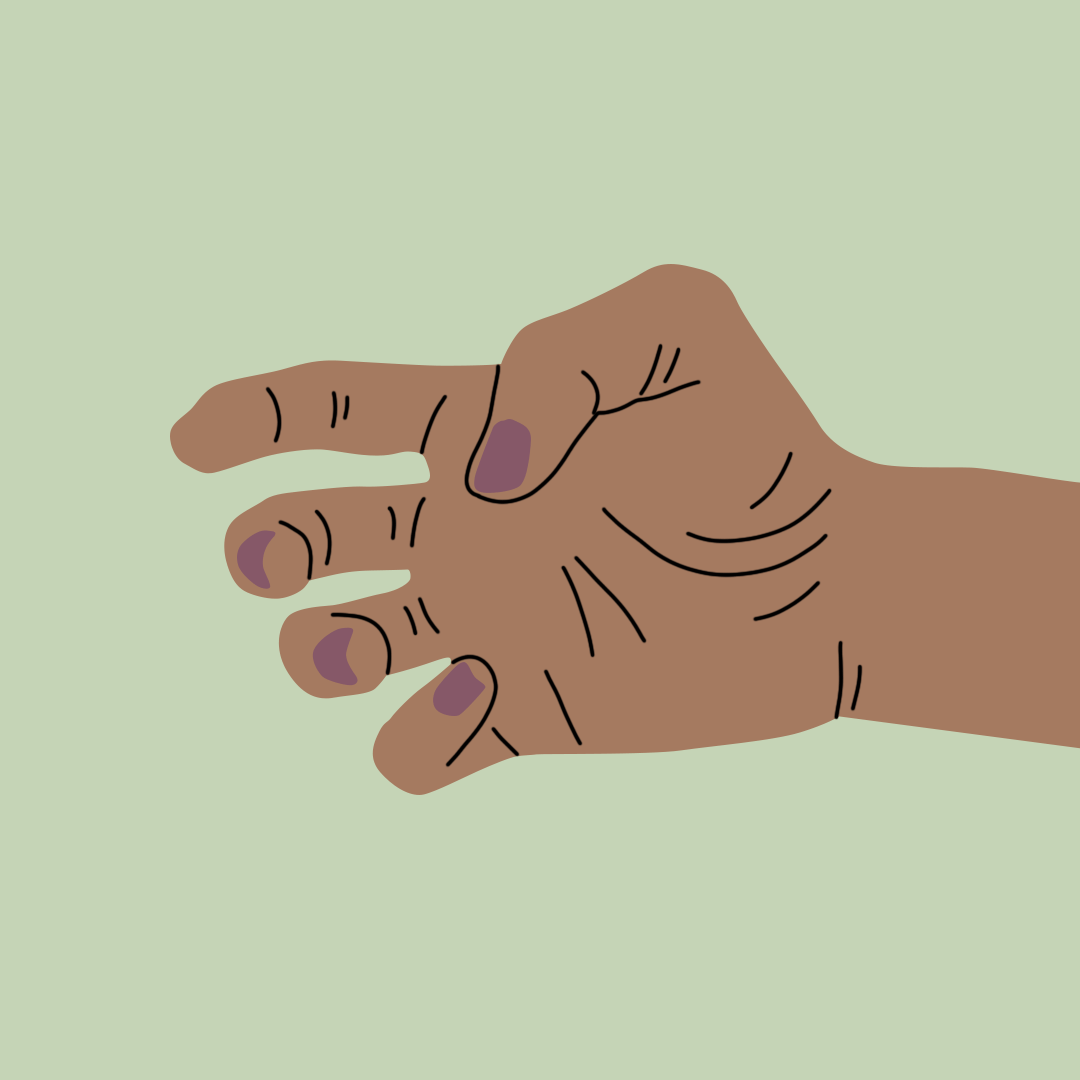Krise to Go #10 – Online Activism and Twitter
Online activism plays a huge role in the multiple crisis we are facing right now, from climate change to women’s rights. Social media platforms like Twitter spread information in real time and across physical borders. The video of the killing of George Floyd on May 26, 2020, illustrates how incidents can go viral on Twitter and that global unrest can emerge or resurge from it. For this, hashtags – user-generated and searchable shortcuts – can be helpful tools to connect against social and political injustices and “link people and ideas together”. The hashtag #mahsaamini illustrates the longing to connect and spread information globally. According to the BBC it “was tweeted and retweeted more than 250 million times in Persian and more than 50 million times in English in the first month after her death”. Mahsa Amini died in custody after she was arrested for allegedly breaching the regime’s dress code for women. What followed are ongoing anti-government mass protests in Iran. Social media is used as a platform to display the violence used by the Iranian government to disrupt the protests. Yet the hashtag is also used to organize protests for solidarity worldwide. #mahsaanini, #BlackLivesMatter and #Metoo are just some examples of hashtags that symbolically stand for a movement and give a sense of identification, collective obligation and belonging. They are used as a “method to designate collective thoughts, ideas, arguments, and experiences that might otherwise stand alone”. Online activism is affected by online harassment tactics, for example, brigading. The term originates from Reddit and stands for a “coordinated attack by a group of users of an antagonistic subreddit”. The brigade would privately agree to “downvote” comments, on a random or targeted basis to deprioritize them in users’ feeds and effectively censor them. Since content moderation is hard to examine, it stays unclear what are legitimate complaints of policy violations or what are efforts seeking to silence members of counter publics. (read more about social media platforms content management here)
The book #HashtagActivism: Networks of Race and Gender Justice explores the “rise of social media activism” and the way “marginalized groups use Twitter to advance counter-narratives, preempt political spin, and build diverse networks of dissent”. Social media and Twitter have been used to advocate, mobilize, and communicate for (historically) disenfranchised populations that are vastly underrepresented and misrepresented in contemporary politics and mainstream media outlets.
The term hashtag activism “first appeared in news coverage in 2011” relating to the Arab Spring and describes “online activism stamped with a hashtag”. Hashtags like #Tunisa, #Sidibouzid and #Jan25 were used to coordinate protests in several countries in the Middle East and North Africa.
The danger and weakness of hashtag activism is that it depends on the platform it is using. As it is described in the book #HashtagActivism, Twitter changed its functions – native retweets, number of characters and others – many times over the years, thus forcing online activism to somehow adapt and morph with it.
This circumstance will aggravate with Musk’s decision “to offer ‘general amnesty’ to suspended accounts.” By doing so, he is welcoming back some of the most toxic voices, including Donald Trump. These major moderation decisions were made by running an “informal poll from his personal Twitter account”. The poll just reached a certain audience of followers, which reflects a particular demography of people supporting a specific political agenda, which again says a lot about the poll results. Generally, one could question how much the results affected Musk’s decision to lift the bans. However, what he’s doing is perverting the idea of giving “power to the people” and co-determination. He makes it seem as if the “general amnesty” was a democratic decision and gives the illusion of a transparent and joint decision-making process. Lifting the bans result from a misconception of free speech – not every voice needs to have a platform, especially if it uses fascist speech, discriminates against communities, glorifies violence, and spreads misinformation. Musk’s management of the platform is incoherent; one side advocating for free speech but on the other side “suspending accounts that are critical of him and firing employees who dissented from his view of how the company should be run”.
These changes are unleashing several problems for Twitter. Advertisers halted spending on ads for fear of standing next to offensive content. This caused a significant drop in revenue for Twitter. Furthermore, Twitter must comply with the EU content moderation laws. The new Digital Service Act sets “new rules on how the tech industry handles misinformation and illegal content on social media, as well as illegal goods and services on online marketplaces. The biggest companies that violate the law could face billions in fines”.
The fight between Apple and Twitter says a lot about the power structures between different platforms and networks. “Apple decides who’s allowed on the App Store”, thus Twitter could immediately be taken off the so-called “walled garden”. Apple users would then be unable to download the app, which would have severe consequences for Twitter. “All companies listed in the app store have to abide by Apple’s rules and pay its fees, or face removal or suspension.” Twitter joints the queue of platforms that are in conflict with Apple over the content they display or which are not aligning with the internal payment-system imposed by them (see Tumblr and Epic Games).
Looking at the latest developments of Twitter the question is how online activism will evolve accordantly. Considering how it was used – as a tool to organize and unite against sociopolitical injustices and as a voice for minorities – a lot is at stake.
Go beyond
Documentary: The Cleaners (2018)
Article: The Trauma Floor by Casey Newton in The Verge



